World Metrology Day: How Metrology Supports the Global Food System in a Changing Climate
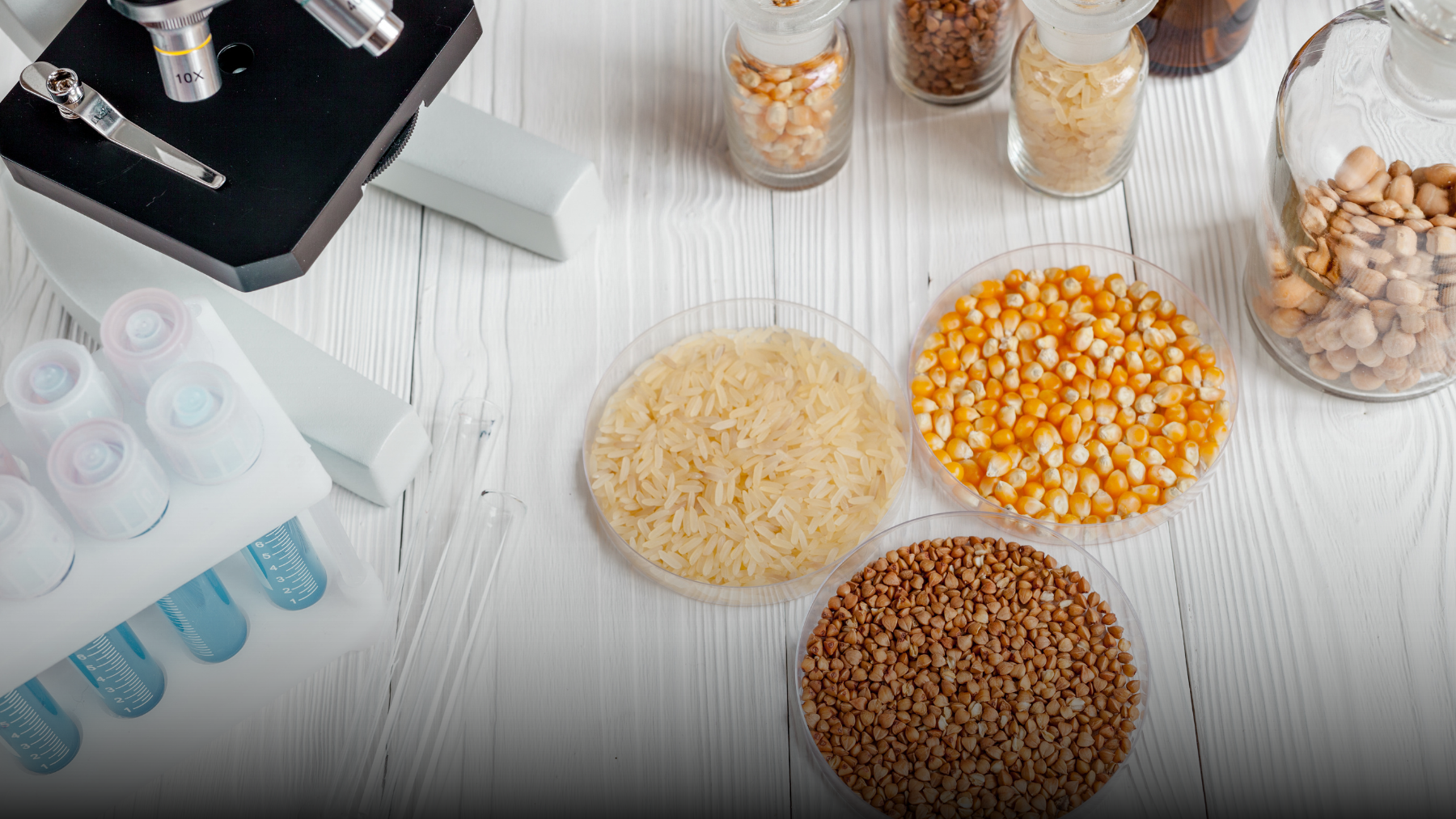

Each year on May 20th, we observe World Metrology Day to recognize the Metre Convention in 1875. Where seventeen nations established a universal measurement system, the metric system. This year’s theme, “Measurements supporting the global food system," highlights the challenge of feeding 8 billion people in a changing climate. We will discuss the impact of climate change and how metrology can play a pivotal role in combating it. Metrology can support food security, sustainability, and resilience for present and future generations.
Climate Change’s Toll on the Global Food System
Erratic weather and rising temperatures significantly threaten the global food system. It’s affecting not only food production but also human health. Unpredictable events like floods, droughts, and heatwaves jeopardize a consistent food supply. Changing ecosystems and growing seasons have profound consequences for producers and consumers.
HOW EXTREME WEATHER AMPLIFIES THE FOOD CRISIS
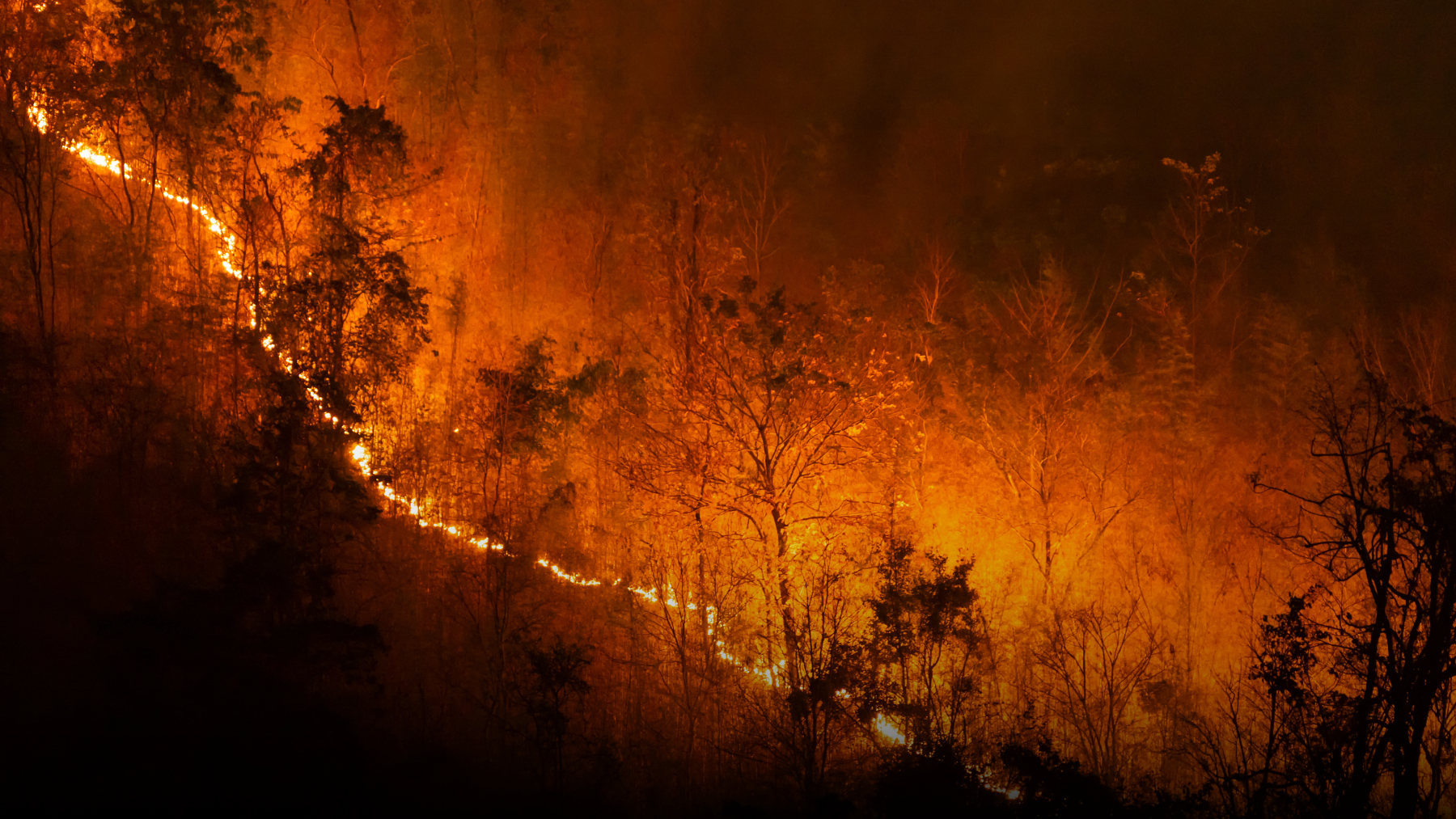
Extreme weather alters how we produce, process, and exchange food. Recent incidents are stark reminders of the climate crisis unfolding before us.
One notable event was the 2019-2020 Australian wildfires. These widespread fires ravaged the country, exacerbated by drought and record-breaking temperatures. After the smoke cleared, Australians had to cope with property loss, livestock loss, and destroyed natural habitats. The World Wide Fund and the University of Sydney estimate a $4-5 billion loss in agriculture. This damage is devastating since agriculture accounts for 6-8% of Australia’s GDP and 11.6% of goods and services traded.
In South Asia, catastrophic floods are becoming the norm. Heavy monsoon rains cause rivers to overflow, destroying crops and damaging vital infrastructure. The 2022 floods affected an estimated 17.5 million people in India, Bangladesh, and Nepal, killing 630. It had dire effects on the vulnerable population. Not only did flooding worsen food insecurity within the region, but it increased the risk of diseases. IFRC reported a deadly dengue outbreak in Bangladesh, costing 180 lives in 2019 and 136,000 infections in India. The water attracted mosquitoes, which passed infectious diseases to humans. And as a result, vulnerable populations see an uptick in dengue, malaria, and cholera.
Frequent hurricanes are another growing concern to the global food system. Hurricanes Ian and Fiona caused severe damage in North America and the Caribbean. Starting in Puerto Rico, Fiona caused extreme rainfall and power outages, then widespread flooding and strong winds in the Dominican Republic. A few days later, it made landfall in Canada as a post-tropical cyclone, costing the country $660 million in damage. While in October 2022, Ian, a category four hurricane, swept Cuba and Florida with winds of 150 mph. CBS states Ian is the third-deadliest hurricane to hit the U.S. mainland. Within weeks of each other, the hurricanes cost over $117 billion in damages and resulted in 177 deaths.
Over in East Africa, a prolonged and severe drought persists. Over 3 million people face food insecurity in Somalia, Kenya, and Ethiopia. As lands dry and water becomes scarce, food shortages and malnutrition rise. Persistent dry spells are causing crop failures, livestock deaths, and water scarcity. To cope, many go days without a meal, sell their possessions, and leave their homes for displacement sites.
HOW HIGH TEMPERATURES THREATEN LIVESTOCK MORTALITY AND REPRODUCTION
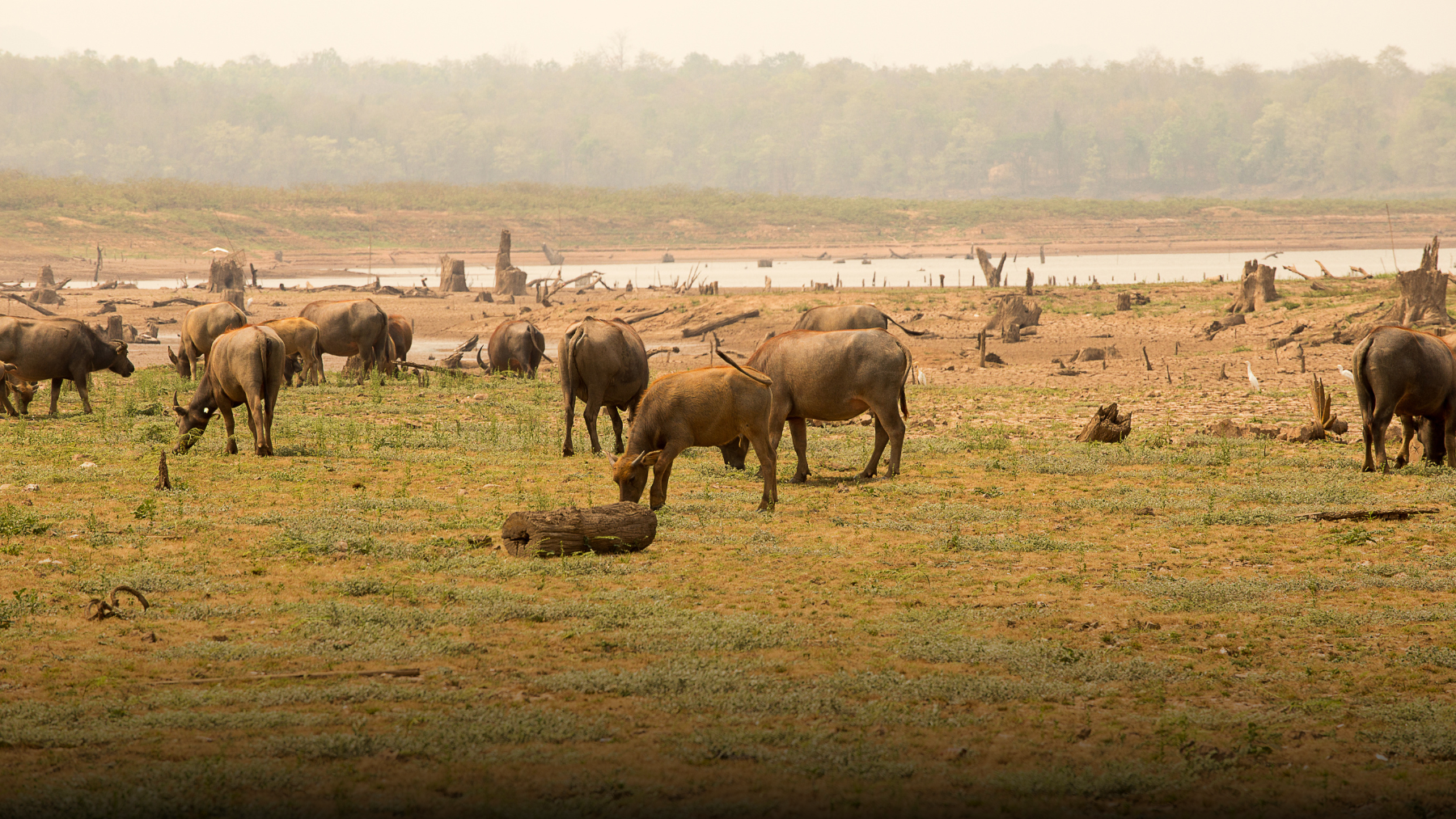
High temperatures affect livestock mortality rates, reproduction, and overall health. Farmers experience reduced yields, profits, and livelihoods, adversely affecting their survival in a challenging industry. At present, livestock is a critical player in food supply and food security. The FAO states livestock is crucial for the livelihoods of over 1.3 billion people globally. And it provides almost “40% of the total agricultural output in developed countries."
Animals like cattle, sheep, and poultry are sensitive to temperature fluctuations. When temperatures exceed their comfort range, the animals struggle to regulate their body temperatures. They reduce their activity, seek shade, or search for water to cope. Cornell predicts many places will not have animals due to the extreme heat and humidity by the 2050s. Heat stress can lead to severe health issues and death among animals. Evidence shows it reduces feed consumption and production, causes weight loss, and impaired nutrient absorption.
Reproduction is another critical aspect affected by high temperatures. Heat can disrupt animals’ reproductive cycles, leading to low fertility and conception rates. In animals that detect pheromones for mating, the heat causes the chemical to decrease or change. This changes the way pheromones smell, so a potential mate does not detect the scent, or it repels them.
In dairy cows, heat stress can hinder milk production. Dairy cows decrease their production by up to 35% when overheating due to not eating. Extreme heat causes chickens to lose weight, and hens produce fewer eggs by 1.5%.
HOW WATER SCARCITY IMPACTS FOOD PRODUCTION
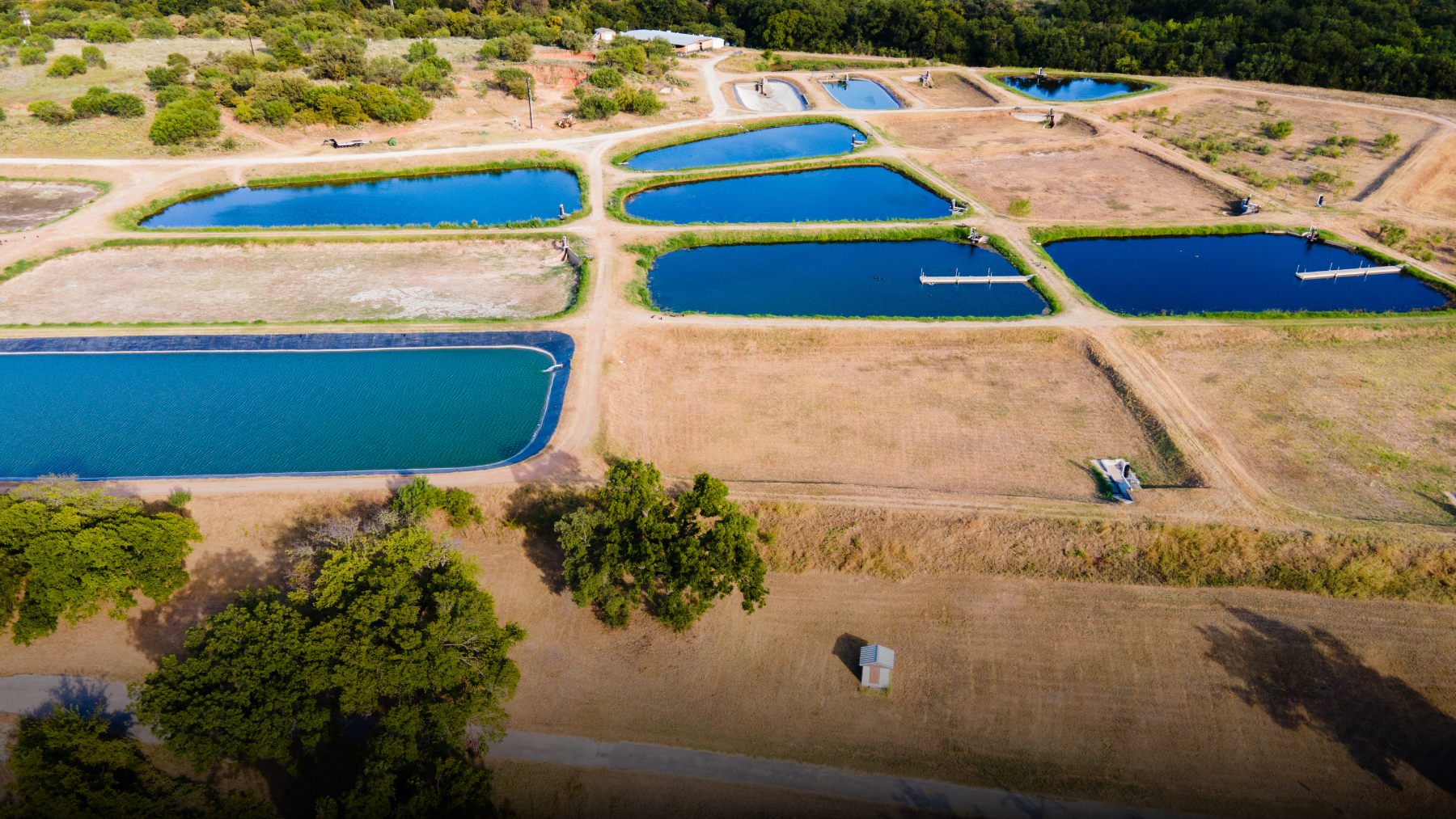
Climate change impacts water availability in various regions worldwide. Water scarcity causes severe droughts that interfere with agriculture, livestock farming, and aquaculture. As temperatures rise, many question ways to sustain crops and support aquaculture.
Rising temperatures and altered precipitation patterns disrupt the natural water cycle. New research shows that climate change accelerates the water cycle. Thus, warmer temperatures make water evaporate faster. Higher evaporation and precipitation rates affect locations in different ways. Some areas will experience heavy rain and floods, while others are prone to droughts. According to the UCAR, “increased carbon dioxide levels may speed plant growth in regions with ample moisture and nutrients." Yet those in prolonged droughts have extreme difficulty cultivating crops and sustaining livestock. Earlier, we learned animals need water for hydration, bodily functions, and meat, milk, and egg production. Insufficient water leads to hydration, health issues, and reduced productivity, thus impacting the livelihood of farmers and food production worldwide.
In addition, aquaculture is at risk due to water scarcity. Aquaculture relies on adequate water to supply and sustain fish and shellfish populations. This industry produces 82.1 million tons or 46% of global fish production. And it’s expected to grow to 53% by 2030. Maintaining this production level will become a struggle if water continues to dwindle. Inadequate oxygen levels, harmful diseases, and changing precipitation patterns jeopardize the productivity and sustainability of this sector.
How Metrology Can Support the Global Food System
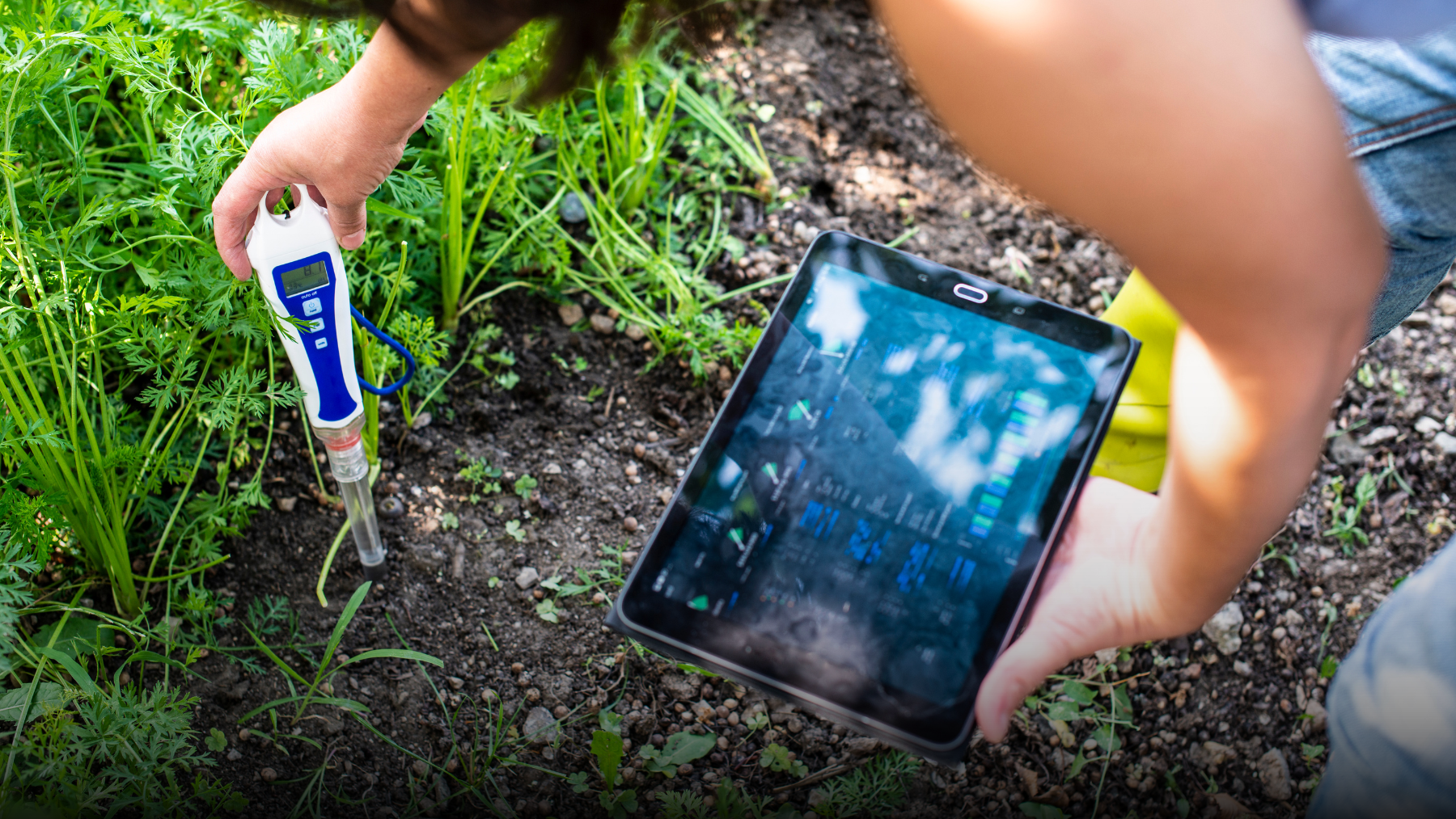
Ensuring a sustainable and resilient global food system is an urgent priority. Metrology can be a vital ally in securing its future. Precise measurements enable us to gather accurate data on how climate patterns impact food production. Using this data, scientists, policymakers, and farmers can collaborate to develop strategies to ensure food security.
HOW METROLOGY ENABLES CLIMATE-RESILIENT AGRICULTURE AND SMART-FARMING
Metrology has valuable tools and techniques to adapt to a changing climate. It can aid farmers in optimizing their resources with minimal environmental impact. Precise measurements empower them to make informed decisions and implement climate-smart practices.
One method gaining popularity is soil moisture sensors. An inexpensive option, they collect soil moisture, nutrient levels, weather, and temperature data. Farmers get real-time information leading to better crop management. By using a data-driven approach, they can optimize irrigation schedules while reducing waste. The United States, Canada, Israel, and Australia are among the first countries to use this “agtech" in farming. As of 2020, Canada already sees increased output using the soil moisture data.
Metrology also plays a pivotal role in climate-resilient crop breeding and selection. Breeders can select the best to survive in harsh conditions through phenotyping techniques. For example, maize is becoming the most important crop since it’s instrumental in biofuel and biotech. The demand for maize will double by 2050, yet farmers lose 25%-30% of maize grain yearly due to drought. Scientists developed a drought-resistant maize, C7-2t, that delays wilting and hold water longer. By measuring and analyzing traits like heat resistance and disease susceptibility, metrology helps in identifying climate-resistant crops.
HOW METROLOGY SUPPORTS FOOD SUPPLY CHAIN RESILIENCE AND FOOD QUALITY

Metrology is vital in supporting the food supply chain in several key areas. First, metrology ensures food quality and safety throughout the supply chain. Accurate measurements and instruments can assess moisture content, PH levels, and more. Companies must adhere to specific standards to meet regulatory requirements and consumer expectations.
Furthermore, metrology comprises food packaging, labeling, and traceability systems. Food products must have labels with weight, volume, nutritional content, and expiration dates. These measurements help consumers make informed choices and provide inventory management in the supply chain. By using traceability systems, companies can track and identify any food product.
Another contribution is efficient food processing and preservation techniques. Measurements like temperature, humidity, and other environmental parameters are critical in ensuring preservation. These measures prevent spoilage, extend shelf life, and reduce food waste.
Additionally, consumers can rest easy knowing their food is safe. Temperature-controlled storage facilities, cold chain logistics, and refrigerated transport provide a resilient food supply chain. Metrology ensures temperature accuracy, allowing for consistent conditions during storage and transport. By maintaining optimal temperatures, the quality, freshness, and nutritional value of food stay intact.
Last Words
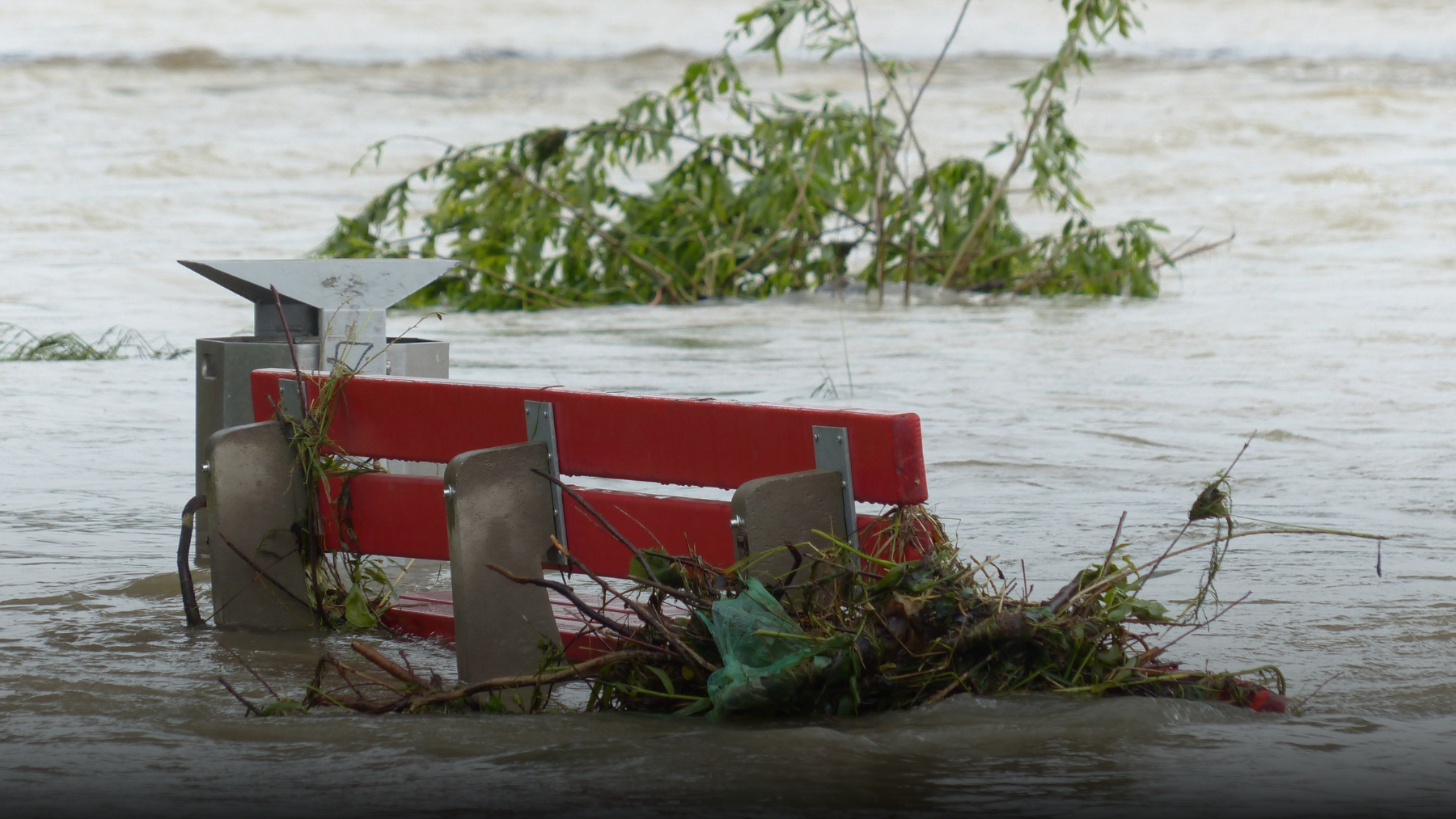
The global food system faces significant challenges due to climate change, affecting food production worldwide. Metrology offers invaluable support in understanding these changes and responding effectively. By embracing metrology, we can optimize resources and make data-driven decisions to combat food insecurity. Let us recognize metrology’s role on World Metrology Day and beyond as we work together to secure a sustainable future for our global food supply.
Contact Us Today
At Master Gage & Tool Co, we are problem solvers who work with our customers to create customized solutions to their needs. We offer a wide range of equipment and services to help improve operations in any industry.
If you want to learn more about how we can help you, contact us today:
Our Danville Office: (434) 836-4243
Our Greenville Office: (864) 447-5100
Or use our online contact form.
